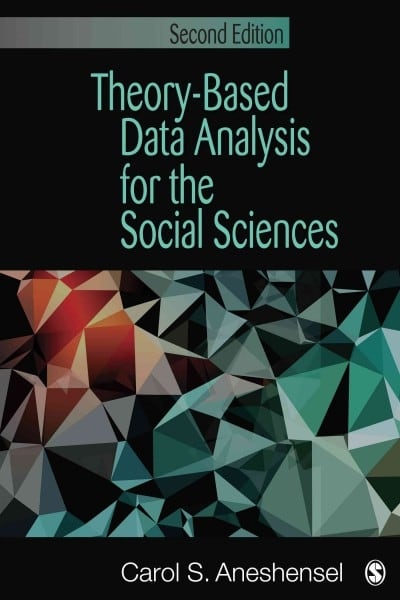Question
Questions: 1. Analyze the Organizational self assessment results 2. Write a reflection on the results below. Show references for further study. This self-assessment is designed
Questions:
1. Analyze the Organizational self assessment results
2. Write a reflection on the results below.
Show references for further study.
This self-assessment is designed to help you estimate your dispositional mood, that is, your general emotional tendency based on your personality. The four dispositional mood categories created in this scale are positive energy, relaxation, negative arousal, and tiredness. These four categories are distinguished in two ways: (1) positive affectivity versus negative affectivity and (2) high activation and low activation. Thus, the four subscales are consistent with the affect circumplex model shown in the textbook. The only difference is that this scale measures your emotional personality rather than emotions in a specific setting.
Low Moderate High
positive energy positive energy positive energy
1.0 to 2.3 2.4 to 3.7 3.8 to 5.0
1.05.0
Your averaged score was 3.2.
Positive energy
People who score high on positive energy have positive affectivity and high activation. Positive affectivity is the tendency to experience positive emotional states. It is very similar to extroversion, a personality trait depicting people who are outgoing, talkative, sociable, and assertive. Positive energy also includes high activation, meaning that people who score high on this scale experience more energizing or motivating positive emotions. Scores on this scale range from 1 to 5. From a sample of hospital employees, the average score was 3.0.
Low Moderate High
relaxation relaxation relaxation
1.0 to 2.3 2.4 to 3.7 3.8 to 5.0
1.05.0
Your averaged score was 3.2.
Relaxation
People who score high on relaxation have positive affectivity and low activation. Positive affectivity is the tendency to experience positive emotional states. It is very similar to extroversion, a personality trait depicting people who are outgoing, talkative, sociable, and assertive. Relaxation also includes low activation, meaning that people who score high on this scale experience more passive (less energizing) positive emotions. Scores on this scale range from 1 to 5. From a sample of hospital employees, the average score was 2.6.
Low Moderate High
negative arousal negative arousal negative arousal
1.0 to 2.3 2.4 to 3.7 3.8 to 5.0
1.05.0
Your averaged score was 3.0.
Negative arousal
People who score high on negative arousal have a tendency toward negative affectivity and high activation. Negative affectivity is the tendency to negative emotions. Negative arousal also includes high
about:blank 1/2 1/25/24, 11:12 AM Organizational Behaviour Self-Assessment Exercises
activation, meaning that people who score high on this scale experience negative emotions that demand our attention (e.g., anger, upset). People with negative arousal tend to be more distressed and unhappy because they focus on the negative aspects of life. Scores on this scale range from 1 to 5. From a sample of hospital employees, the average score was 2.1.
Low Moderate High
tiredness tirednesstiredness
1.0 to 2.3 2.4 to 3.7 3.8 to 5.0
1.05.0
Your averaged score was 3.2.
Tiredness
People who score high on tiredness have a tendency toward negative affectivity and low activation. Negative affectivity is the tendency to negative emotions. Tiredness also includes low activation, meaning that people who score high on this scale experience more passive (less demanding) negative emotions. Scores on this scale range from 1 to 5. From a sample of hospital employees, the average score was 2.3.
Step by Step Solution
There are 3 Steps involved in it
Step: 1

Get Instant Access to Expert-Tailored Solutions
See step-by-step solutions with expert insights and AI powered tools for academic success
Step: 2

Step: 3

Ace Your Homework with AI
Get the answers you need in no time with our AI-driven, step-by-step assistance
Get Started


